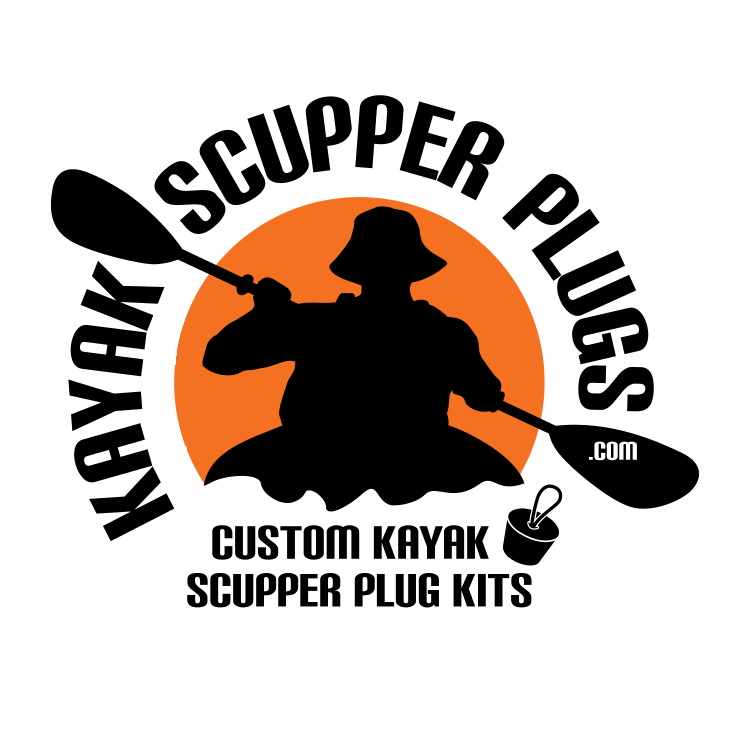Fall Kayaking Basics
The Basics of Kayaking In The Fall
As we see the end of August quickly approaching and plans for Labor Day weekend begin to be made it is only natural to feel summer slipping away. For many that is a natural end to kayak season but for others it just means a little more thought needs to be put into that trip out on the water. The purpose of today’s blog is to share some tried and true basics for extending the kayak season well into Fall and possibly Winter.
A good place to start for fall kayak preparation is to consider the natural changes that will be taking place outdoors. As Winter approaches the days will continue to get shorter so it is important to keep in mind that the amount of daylight available will be shorting. You want to be able to get back to shore while there is still plenty of light for navigation and loading prior to heading home. Important landmarks will become harder to see as the sun goes down so be sure to know when you need to be heading for shore. Shorter days mean longer nights and cooler temperatures. This is important because it will impact what time you can comfortably push off as well. Those 7am launches may not be possible if you need to leave enough time for the day to heat up. Also keep in mind that as the sun goes down, the temperatures will start to fall as well.
If you own a sit-in kayak, they will offer some degree of additional heat and protection from the fall weather. Because you are sitting inside of the kayak it will provide wind protection and hold a little bit of heat inside as well. Sit-in kayaks also tend to be drier as less water is coming and going. If you do not have a sit-in kayak you can still use a sit-on-top kayak and we recommend a set of scupper plugs to help manage the water that comes and goes. Obviously we would be happy to help you in that department should you have questions.
Fall kayaking requires some additional thought about how you will dress since you will be facing conditions that will change throughout your paddling that day. Layers are always a great idea and you will want to avoid cotton completely. Instead use layers of quick-drying materials and those that wick moisture away. Keep in mind that what is comfortable while just being outside may or may not be as comfortable as you begin paddling. You will likely find that as your heart rate increases your body temperature will increase as well. At that point you will want to remove a layer. A good starting point is to be just sightly cool prior to setting off but be sure to still have additional layers to add as needed. You will find that paddling in the wind is cooler than with the wind and shade versus sun will change things as well. A dry-bag is a great way to store layers and keep them dry until needed. Your head looses a tremendous amount of heat so do not overlook the need for a hat. The ideal temperature for any activity outdoors is a cool comfortable state that does not generate sweat.
It is also a good idea to be a little more prepared during fall kayaking so that if things go outside of the plan, you are still prepared. Be sure to bring along your phone and store it in a water-tight bag or even just a sandwich bag that is able to be sealed. Besides making a distress call, your cell phone will be able to help you navigate back to shore and they are also a source of light for seeing and signalling to shore. Pack extra snacks just in the event something happens and your stay on the water becomes extended. You may even consider a thermos of coffee, tea or hot chocolate to help stay warm.
Finally we recommend kayaking with a friend and if that is not an option, be sure to let someone know where you are kayaking and when you expect to be back. You will want to have someone who is aware of your location as well as your plans should all of your preparations fail to be enough. We also recommend keeping your life-vest on at all times. If you take it off to remove or add layers be sure to put it back on immediately.

